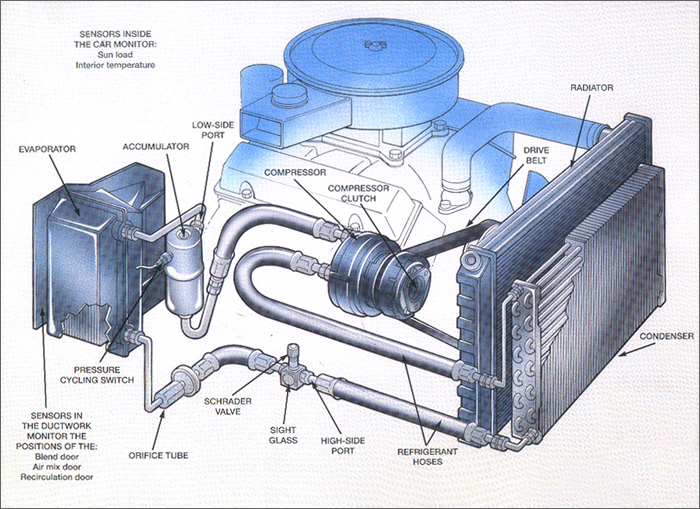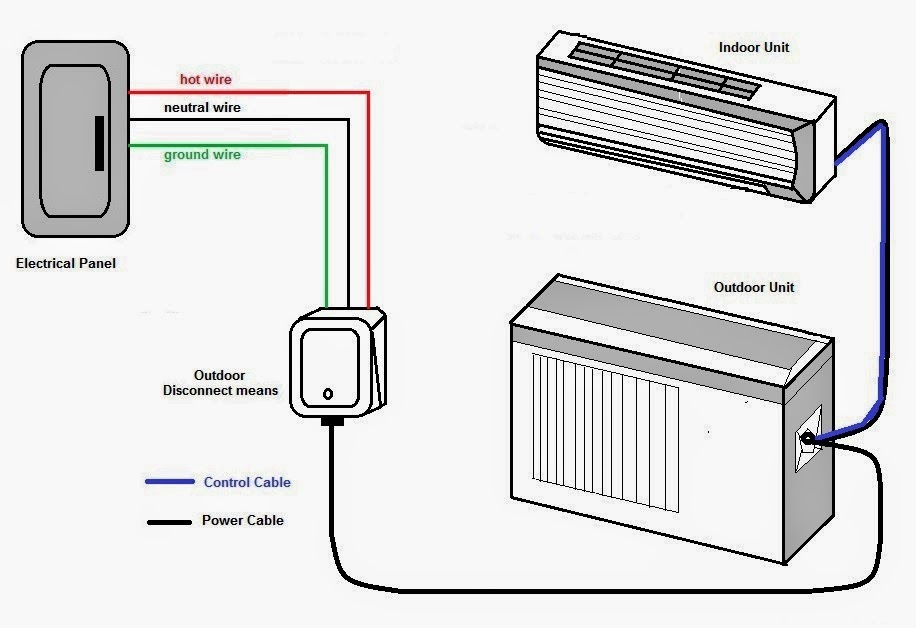AC Vacuuming: Essential or Overkill?

Ever wonder about that mysterious "vacuuming" step during AC repairs or installations? It’s not just some fancy technician ritual—AC system evacuation is a crucial process that significantly impacts the performance and longevity of your cooling system. This article dives deep into why you should seriously consider whether your AC system needs a vacuum, and how to ensure it's done right.
When dealing with AC systems, the presence of air and moisture can be detrimental. Refrigerant, the lifeblood of your AC, works efficiently only in a pure, contaminant-free environment. Evacuating an AC system involves removing these unwanted elements, creating a vacuum to ensure optimum performance.
Historically, awareness of the necessity to evacuate AC systems wasn't as prevalent. Older systems might have been charged without proper evacuation, leading to reduced efficiency and potential damage. However, with advancements in cooling technology and a better understanding of refrigerant behavior, the importance of AC system evacuation has become undeniable.
The key issue surrounding the need to evacuate an AC system boils down to contaminant removal. Air and moisture introduce impurities that react with the refrigerant, leading to corrosion, reduced cooling capacity, and increased energy consumption. A properly evacuated system ensures that the refrigerant operates optimally, leading to a longer lifespan for the entire unit.
Simply put, AC evacuation is the process of removing air and moisture from the refrigerant lines using a vacuum pump. This process creates a negative pressure within the system, drawing out contaminants and preparing it for the introduction of fresh refrigerant. Neglecting this critical step can lead to a cascade of problems, impacting both the efficiency and lifespan of your AC unit.
Three primary benefits emerge from proper AC evacuation: increased system efficiency, extended lifespan of components, and reduced energy consumption. By removing contaminants, the refrigerant can operate at its peak performance, cooling your space more effectively. This efficiency translates into lower energy bills and a smaller carbon footprint. Additionally, eliminating corrosive moisture protects internal components, extending the life of your AC unit and preventing costly repairs down the line.
Now, how do you ensure your AC system is properly evacuated? If you’re hiring a professional, ask them about their evacuation process. A good technician will explain the steps and the equipment they use. If you’re a DIY enthusiast (and comfortable working with refrigerants), invest in a quality vacuum pump and follow the manufacturer’s instructions meticulously.
Here’s a simple checklist for AC evacuation:
1. Connect the vacuum pump to the system.
2. Run the pump for the manufacturer-recommended time.
3. Check for leaks after the evacuation process.
Choosing to vacuum your AC system isn’t just about best practice – it's about protecting your investment and ensuring optimal performance. Regular maintenance, including proper evacuation, is crucial for extending the life of your AC unit and enjoying efficient, trouble-free cooling for years to come.
Advantages and Disadvantages of AC System Evacuation
| Advantages | Disadvantages |
|---|---|
| Improved efficiency | Requires specialized equipment |
| Extended lifespan of components | Time-consuming if done properly |
| Reduced energy consumption | Cost of professional service |
FAQ:
1. Q: Is AC evacuation necessary for all systems? A: Yes, it's highly recommended for all systems to ensure optimal performance.
2. Q: How often should I evacuate my AC system? A: Typically during repairs, installations, or when the system has been opened for any reason.
3. Q: Can I do it myself? A: If you have the right equipment and knowledge, yes. However, it's often best to consult a professional.
4. Q: How long does the evacuation process take? A: It depends on the system size and the equipment used, but it can take anywhere from 30 minutes to several hours.
5. Q: What happens if an AC system isn't evacuated? A: Reduced efficiency, component damage, and increased energy consumption.
6. Q: How much does professional AC evacuation cost? A: It varies depending on location and service provider, but it's a worthwhile investment.
7. Q: What type of vacuum pump do I need? A: A two-stage vacuum pump specifically designed for HVAC systems.
8. Q: How do I know if the evacuation is complete? A: A micron gauge will indicate when the system has reached the required vacuum level.
A critical tip for AC evacuation is to ensure the vacuum pump is powerful enough for the system size. Using an underpowered pump can prolong the process and may not achieve the desired vacuum level.
In conclusion, the question of whether you have to vacuum an AC system is answered with a resounding yes. Proper evacuation is essential for maintaining the efficiency, longevity, and overall performance of your cooling system. While it might seem like an extra step, the benefits far outweigh the costs. By understanding the importance of this process and ensuring it's done correctly, you can enjoy a cooler, more comfortable home while saving energy and money in the long run. Don't underestimate the power of a well-evacuated AC system—it’s an investment in your comfort and the health of your cooling equipment. Take the time to research and ask questions. Consult with a qualified HVAC technician for advice specific to your system. Prioritizing this critical step will pay dividends in the long term, ensuring efficient and reliable cooling for years to come.
Sae wrench sets up to 1 14 the essential guide
Day trader earnings unmasking the reality of daily trading profits
Sherwin williams gray screen your go to neutral paint review













